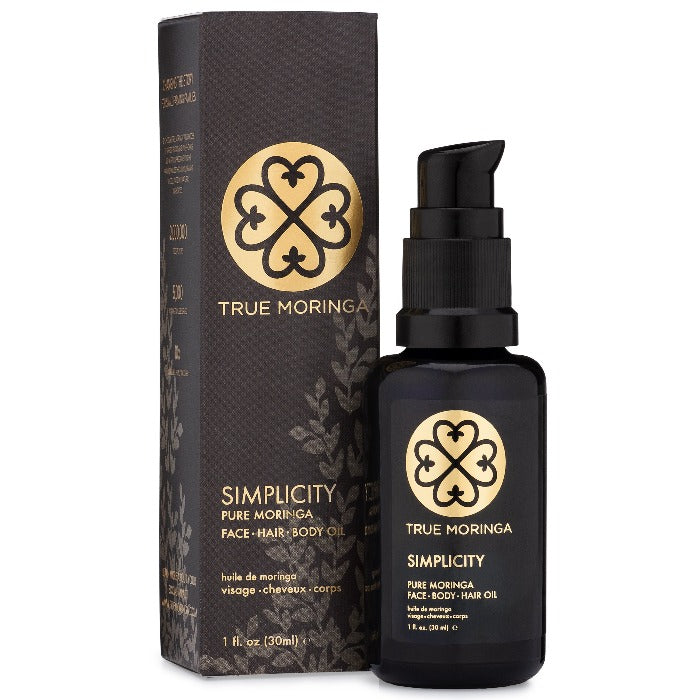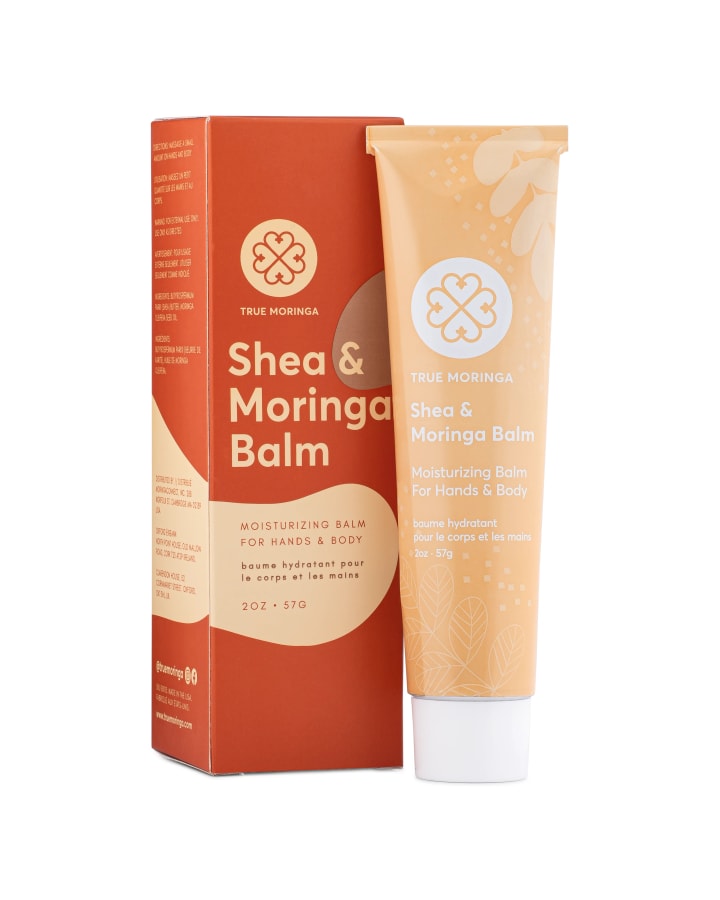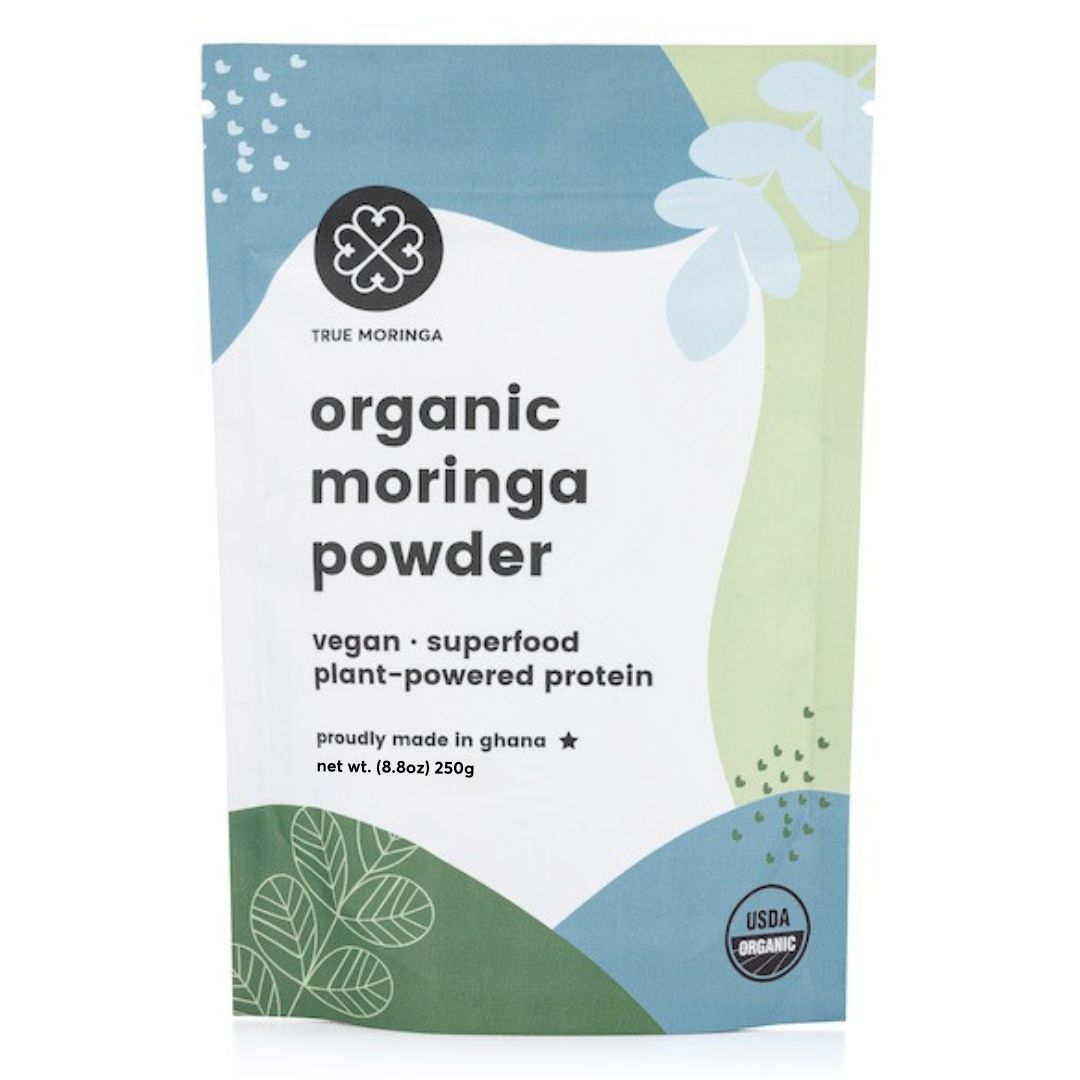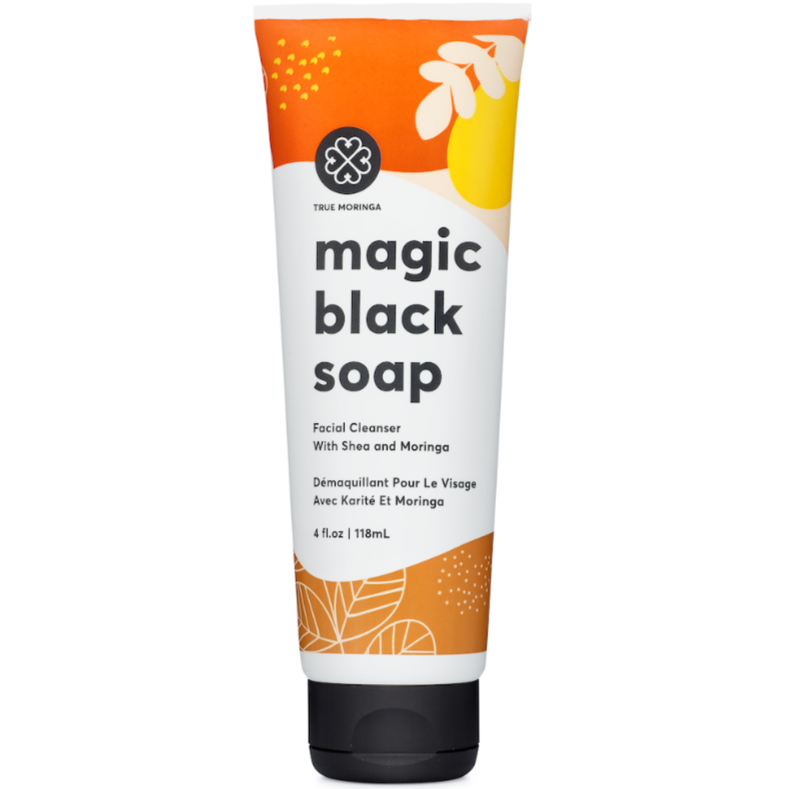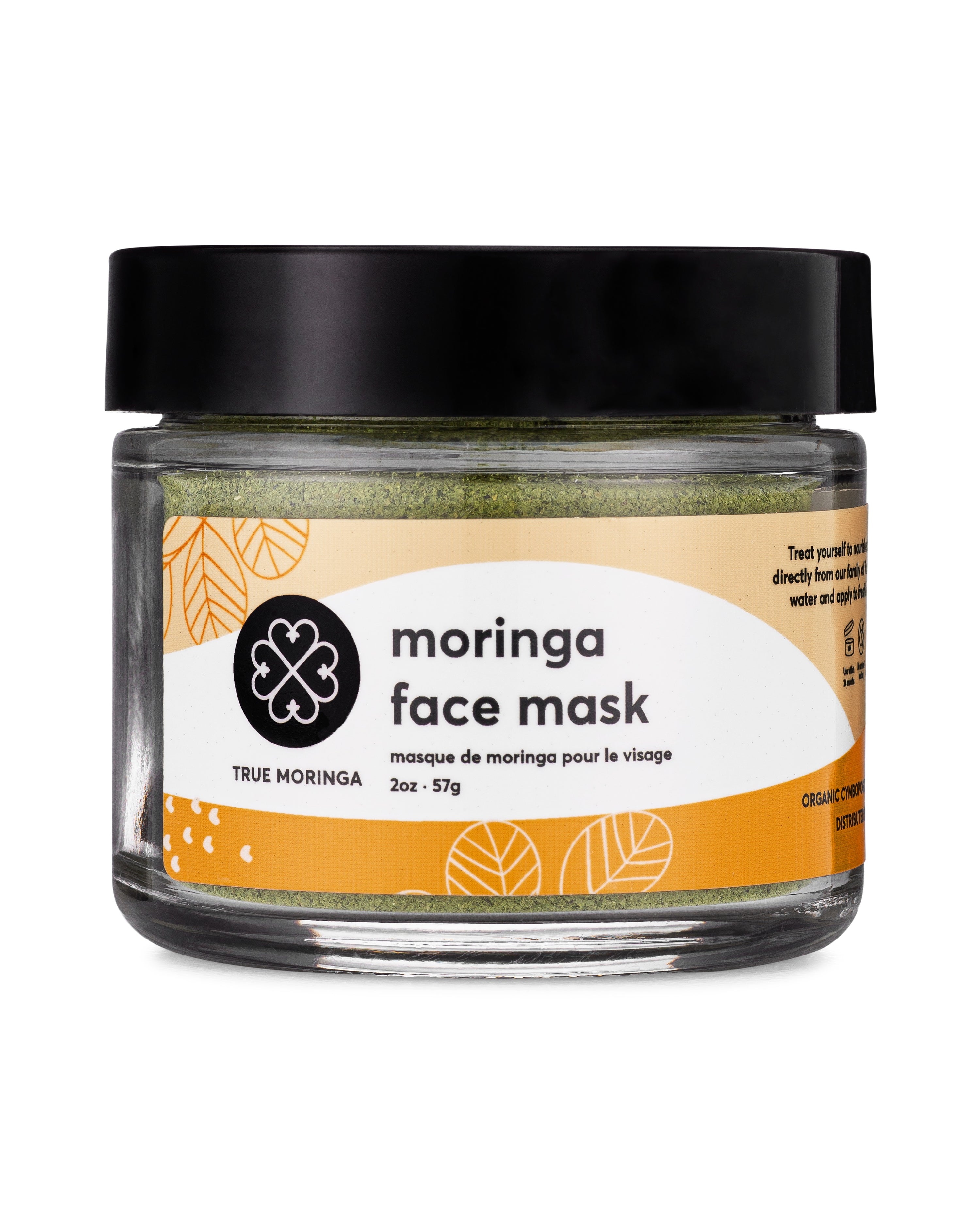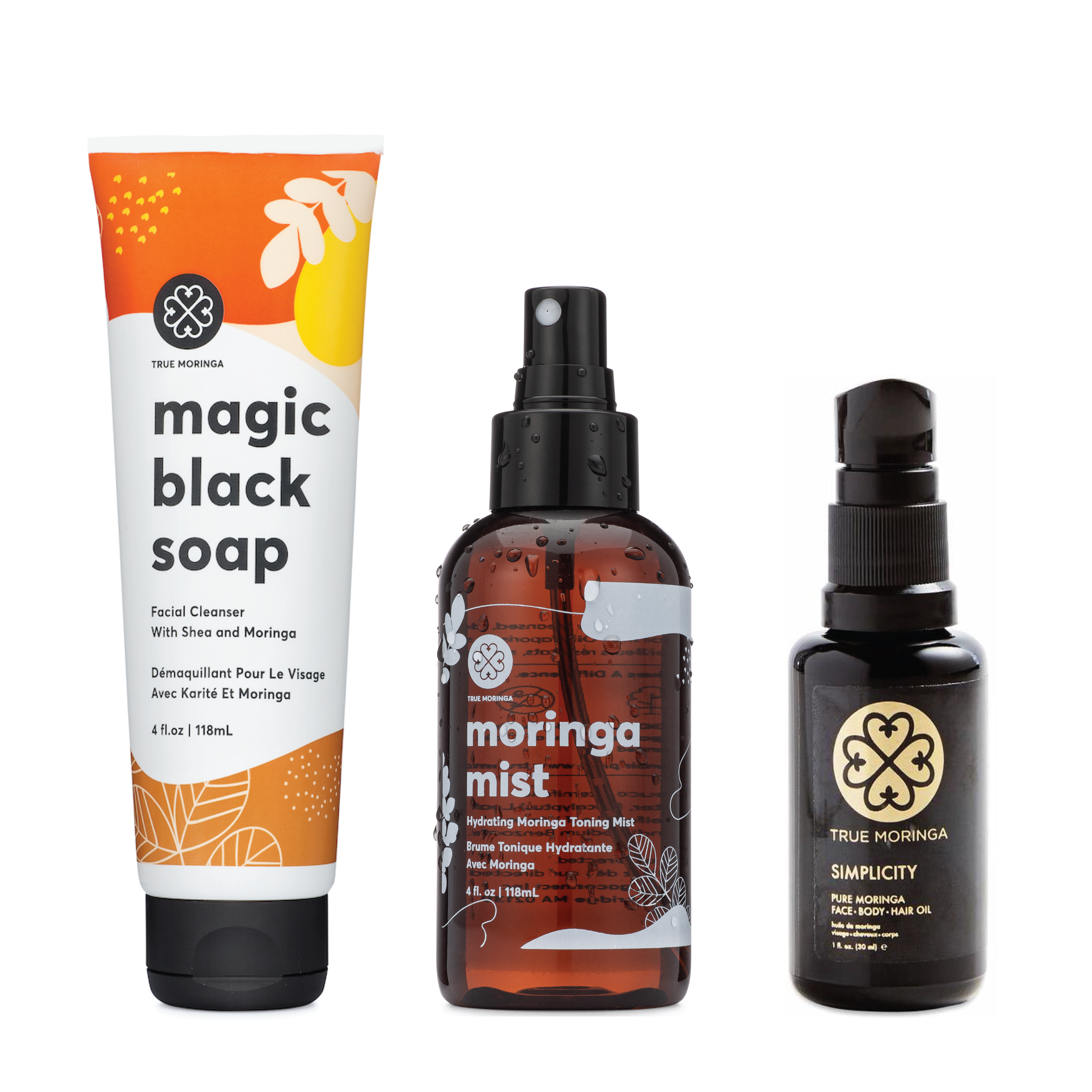
· By Emily Cunningham
Cosmetic Contaminations Part II: Air
Last week I started explaining why I think, from an environmental standpoint, it’s so important to find natural alternatives to the harmful practices used by major cosmetics companies. That was the first of a multi-part series I’ll be doing discussing the impacts of chemicals and production practices on the environment. If you missed it, it was all about the ways that certain inputs pollute our waterways, and eventually come back to harm us as well. This week, I’ll be focusing on another essential element: Air.
Cosmetic Contaminations Part II: Air
There is very little FDA oversight regarding the chemicals and additives used in beauty products. This lack of regulation has brought about very confusing practices in terms of labeling, and the inclusion of hazardous chemicals and pollutants in products that are absorbed directly into our skin—and absorbed even faster by children’s skin.
The government’s regulating agencies pretty much sit back and give companies responsibility over the safety and environmental sustainability of their own products. Their one requirement, which is that companies disclose the contents of products on the ingredients label, doesn’t even have teeth. In fact, there is a massive gaping caveat in this regulation through which countless toxic compounds are pouring onto our bodies and into the environment. All this under the deceiving label of “fragrance.”
When you look at a shampoo label (or soap, or perfume, or cleaning detergent), among the dizzying and endless chemical compounds, you often see this familiar yet mysterious word. Fragrance is listed in such plain terms because it’s considered a trade secret. Companies don’t have to disclose the ingredients in a fragrance because they are essential to its trade marked recipe.
However, by definition a fragrance contains the product’s most volatile compounds, as compounds must be in gas form to create a scent. Betty Bridges discusses this in a review published in the Journal of Flavour and Fragrance, explaining that the EPA and FDA don’t have toxicity information for most of these chemicals, and that “fragrance, as an indoor pollutant, may play a role in exacerbated asthma” and other respiratory illnesses. Moreover, she points out that the olfactory pathways lead straight to the brain, and there may be neurological disorders caused by fragrance chemicals as well.
In addition to indoor pollution, these compounds easily make their way outside, where they are broken down and mix with other air pollutants, forming new compounds that can be equally or more irritating and allergenic—not just for humans, but for wildlife and aquatic life as well.
The scariest part of this is that although numerous studies have found a correlation between fragrance and air pollution, respiratory and neurological disorders, it’s almost impossible to determine causality, because scientists can’t pinpoint the specific chemicals implicated in the chain reaction. They’re all protected under the umbrella term, fragrance.
This is the stuff that drives me crazy. Especially because these fragrance are so often marketed as air fresheners, and mimicking natural scents. I've always enjoyed scented candles, deodorant, and perfume, but not if it's going leave me coughing and wheezing like a coal miner.
And think about it: anything mimicking a natural scent has a safer alternative... an actual natural scent! The best thing you can do for your lungs and the environment is to buy products that are scented with essential oils or other natural fragrances, but avoid the actual word "fragrance."

